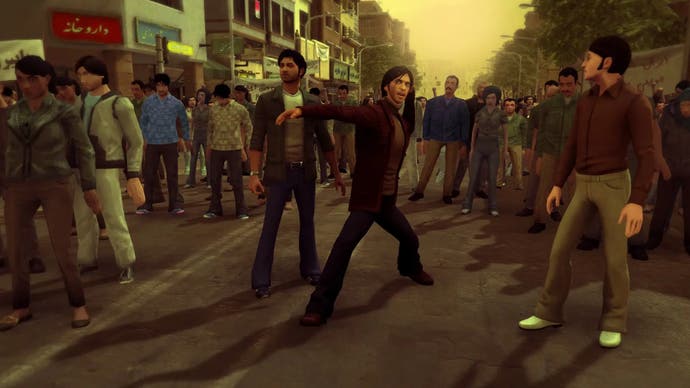It’s no big secret that Call of Duty’s esport scene is wavering somewhat as time goes on. In the last few months, we had a record-long off-season, a lack of communications about the Challengers scene, a drop in viewership following a YouTube exclusivity reveal, and the release of a game that split the community down the middle. For years, the franchised model that forms the foundation of the COD League has been doubted – but will 2025 bring about the end of all things?
It was just weeks ago that the Overwatch League – often considered the CDL’s ‘sister League’ – was sunsetted by Activision Blizzard as organisations withdrew. Given the new ownership of the Call of Duty franchise, the financial difficulties experienced by organisations in recent months, and the collapse of tournaments around the CDL, it makes sense that the COD League could be shuttered in 2025. It’ll take a paradigm shift to revitalise the scene, but nobody knows what that looks like.
What’s Happening With The CDL?

Recently, Activision Blizzard signed an exclusivity deal with YouTube, and that was seen by many as being a nail in the coffin for the CDL. Last season’s broadcasts saw some record-high viewership figures arise, but that was because of a multicast approach that saw the COD League dominate again on Twitch. This season’s viewership has been off to a sluggish start, and some of the terms of the exclusivity deal have effectively blocked some of the scene’s biggest creators from broadcasting CDL gameplay as they normally would.
If there’s one major concern on everyone’s minds, it’s that there’s no real indicator of what happens next if the Call of Duty League should shut up shop in 2025.
In an ideal world, Activision Blizzard would drop franchising and adopt an operating model similar to the one found in the Halo Championship Series. It’s far from being the most popular esports tournament, but the HCS has remained consistent in its own space since it saw a resurgence following the launch of Halo Infinite. With this model, there would be a series of partnered teams introduced to the ecosystem, but they’d be joined by qualifying teams making their way up through a traditional pool system.
It’s the way that many esports leagues operate, and it has proven to be a successful model, giving rise to underdog teams that have as fair a chance as the OpTics and the FaZes of the esports world.
Will COD’s Esports Scene Survive?
Call of Duty is and forever will be a competitive shooter. It’s more casual than some of the other games on the esports market, but it can’t be denied that as a multiplayer game, it often rules the roost. It has one of the largest player bases in gaming, and Activision Blizzard is forever going to lean on that to produce a competitive market, even if it’s not thriving as much as fans would like. There’s a huge pool of talent out there, too – we’ve seen that in recent years as the best COD players have made their mark on the business.
There’s a legacy there, as well. For Call of Duty, the history of its esports scene can be traced back more than a decade, and during that time, millions of fans have found their way into the ecosystem. It’ll need a solid organiser to back the foundation of whatever comes next, but with plenty of money in the coffers and a never-ending string of fans and competitors around the world, it’s likely the Call of Duty esports scene will weather whatever comes next, even if it takes a nosedive and becomes much less populated for a time.
For more Call of Duty news, stay tuned to AESA





